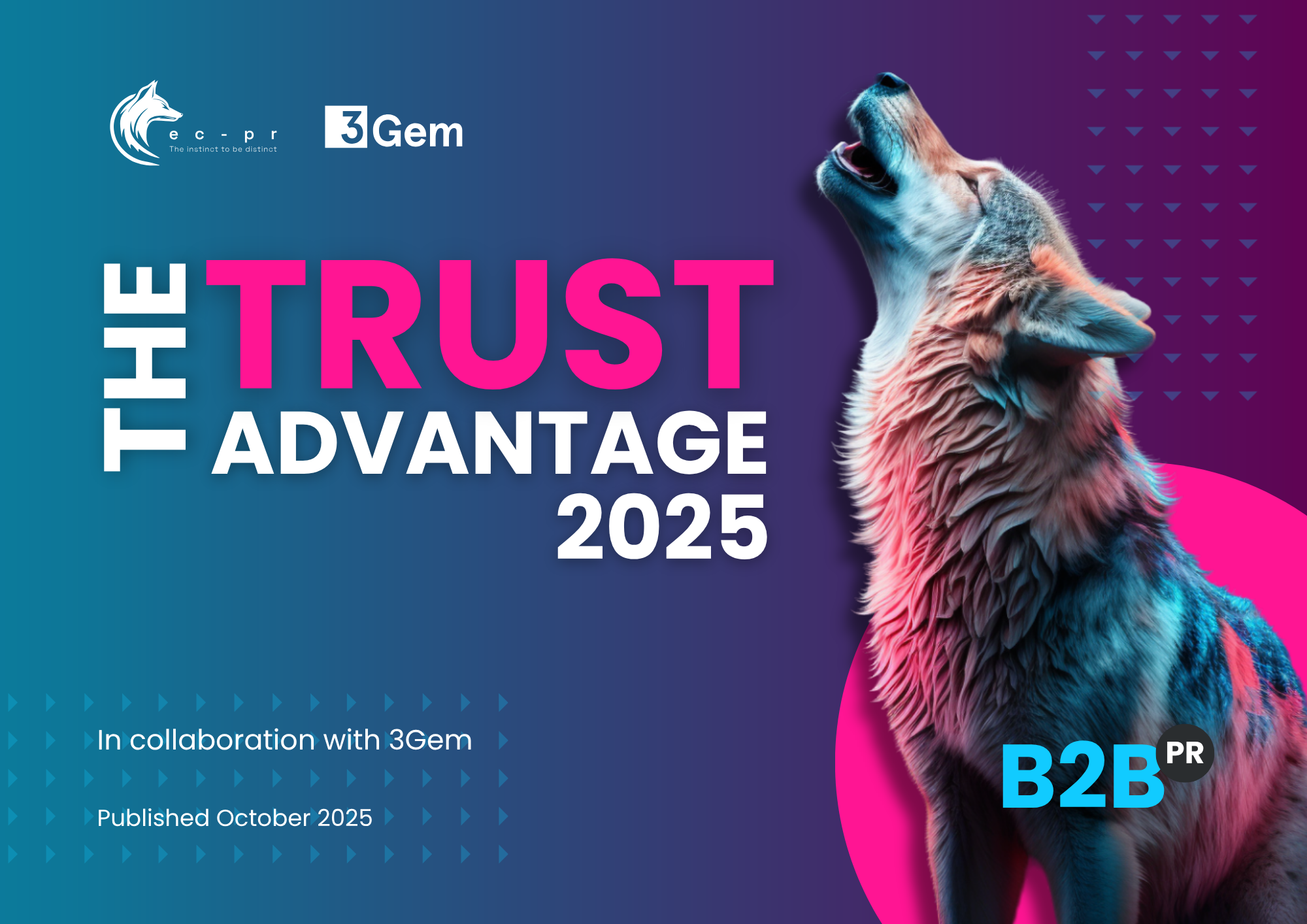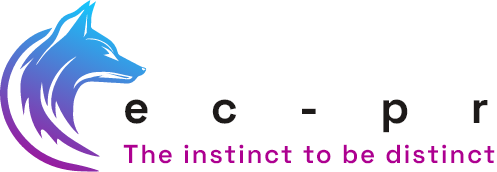
The trust factor: What every pipeline depends on
The Trust Advantage, a study conducted by EC-PR consulting more than 200 senior technology leaders across defence, cybersecurity, IT and manufacturing, found that 70% have rejected a vendor because they did not trust the brand. Even when a product fits, the absence of credibility closes the door before the conversation begins. Trust is the unseen gatekeeper.
Why trust has overtaken traditional measures
Trust is the belief that a company will consistently deliver on its promises, act with integrity and prioritise the interests of its customers. Cognitive trust and affective trust are two distinct types of trust. Cognitive trust is based on knowledge, evidence, and confidence in another person’s accomplishments and reliability, while affective trust arises from emotional closeness, empathy, and genuine feelings of concern and care. In tech B2B, to win the deal, you need both.
When decision-makers say trust outweighs price or innovation, it signals a shift in how business deals are shaped. Trust has become the filter through which all vendors are judged. The way to earn it is by sharing expertise with authority and consistency, not a sales pitch.
In EC-PR’s webinar The trust gap that’s killing your sales pipeline, Nicola Peck, Director of Client Success at Coleman Parkes, noted that, “77% of buyers say they are more likely to engage with brands who produce strong thought leadership content”. This data is a strong indicator of how thought leadership has become a decisive factor in buyer engagement: credibility expressed through trusted content, transparent proof points and consistent presence changes how buyers perceive risk. The traditional checklist of features and costs comes only after a more fundamental question: Do I believe this company?
The Trust Advantage also revealed that three in ten buyers struggle to trust vendors at the discovery stage. If credibility is absent at the start, the pipeline never gathers momentum. To put it simply, building trust early is the price of admission to further negotiations.
How early trust-building shapes pipeline outcomes
Jo Knight, a CMO/CXO with 25 years of experience, explained in the webinar that lack of trust is one of the main reasons conversions slow down or stop. “Trust must extend across entire buying groups, not just one champion,” she said. “Procurement, technical teams and executives each bring different concerns, and each must find consistency in the signals a company sends.”
Consistency is often the most damaging weakness in a brand. If the CEO promotes one message but the website or social channels focus on a different theme, credibility fractures due to the obvious disconnect. As Knight put it, “Messaging and positioning need to be consistent, and everybody on board must be aligned on the messaging to build credibility and trust. Without that alignment, even the strongest technical solution can look unreliable.”
Practical steps to turn trust into business growth
Trust must be built with intent, and thought leadership becomes central to that effort when it is delivered with clarity and credibility. Peck pointed out a stat from their own research which states that, “nearly half of buyers say the thought leadership they see fails to deliver”. This is because the so-called thought leadership content companies publish often includes references to products or reads like a sales brochure.
Offering proof, perspective and practical insight buyers can use to make more informed decisions is what makes a brand trustworthy. Actionable advice supported by independent data separates real thought leadership from salesy collateral. If commercial promotion is included, the value is lost – and so is trust.
There are cost-effective ways to start building trust. For example, Knight urged business leaders to use LinkedIn to build presence and authority, “It costs no money for executives to post, and over time those signals shape how buying groups perceive you”. Elevating internal experts and publishing credible proof points are practical moves that build momentum. Each action compounds, creating a steady stream of confidence in the brand.
The decisive factor that shapes every outcome
Pipelines rarely collapse because the product is poor or the price is unworkable. Trust determines how far opportunities advance, as it is the force that sustains and strengthens the pipeline. Neglecting it risks leaving the right solutions unseen, the right messages unheard and the right deals unfinished.

The Trust Advantage
What really makes buyers say yes?
Half of B2B decision-makers rank trust above price, innovation and delivery.
Get The Trust Advantage report and stop trust gaps from costing you deals.

The Trust Advantage
What really makes buyers say yes?
Half of B2B decision-makers rank trust above price, innovation and delivery.
Get The Trust Advantage report and stop trust gaps from costing you deals.
Subscribe to our updates
Stay up to date with the latest insights, case studies and PR guides.

